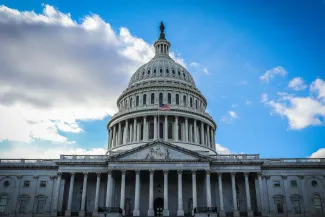
7 Ways the New Tax Law Could Impact Your Financial Plan
A major new tax bill was recently signed into law and it may impact how you save, invest, and plan for your future. It’s worth understanding what’s changing, and what you can do about it.
Here are seven important updates from the new tax law:
Tax brackets will stay the same for now. Lower income tax rates and higher standard deductions are now permanent. In 2025, the deduction rises to $15,750 for single filers and $31,500 for married couples filing jointly.
The $10,000 cap on state and local tax (SALT) deductions has been modestly increased, but not eliminated. For households in high-tax states, this remains a major planning consideration.
Seniors get a bigger break. If you’re 65 or older, you may qualify for an extra $6,000 deduction depending on income.
New help for families. The Child Tax Credit bumps up to $2,200. And every baby born between 2025 and 2028 gets a $1,000 “Trump Account” to start saving for the future.
Overhaul of the student loan system. Repayment plans like SAVE and PAYE are going away. PLUS loan caps are coming. The Grad PLUS program ends July 1, 2026.
More flexibility for 529 Plans. You can now use them for K-12 tuition (up to $20,000), educational therapies, and more.
New temporary perks, while some credits disappear. New deductions apply to tipped income, overtime, and U.S.-made car loans. Credits for EVs and clean energy are being phased out.
Some changes go into effect right away, while others won’t go into effect until 2026.
If you have questions about how this can impact you, I’m here to discuss.
District Financial Planning and LPL Financial do not provide legal advice or tax services. Please consult your legal advisor or tax advisor regarding your specific situation.

